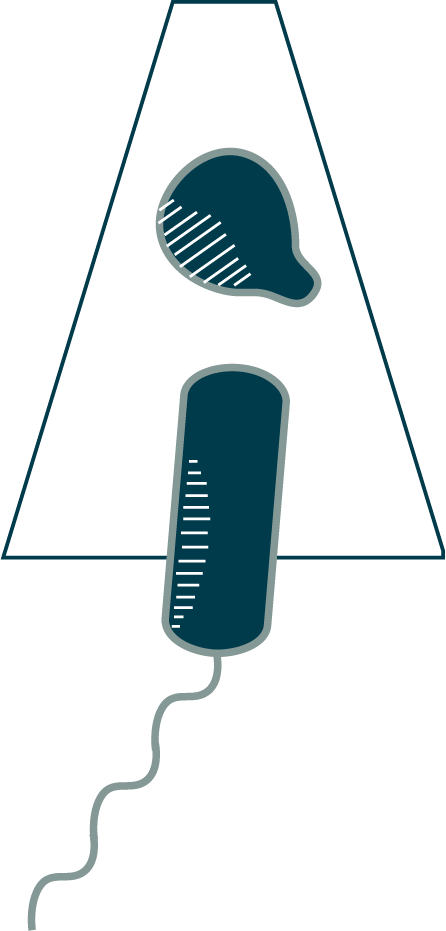

Remember that the most critical part of your cell is its instruction manual–the genome. Ensuring that the instructions remain intact is paramount to your cell in stationary phase. To do this, all cells have proteins (RecA in bacteria, RadA in archaea, and Rad51 in eukaryotes) that repair DNA damage caused by reactive oxygen species, UV (or other) radiation, heat, or other sources. RecA (and related) proteins form complexes with the DNA they protect. These ordered arrays can become quite extensive in stationary phase cells, like this Helicobacter pylori.
This cell exhibits other hallmarks of stationary phase: its shrinking membranes have produced vesicles and it has shed its flagella. It has not yet (at least fully) digested its chemosensory array. Note also the relatively weak association of the outer membrane on this pathogenic diderm, allowing the cell to curl up inside.